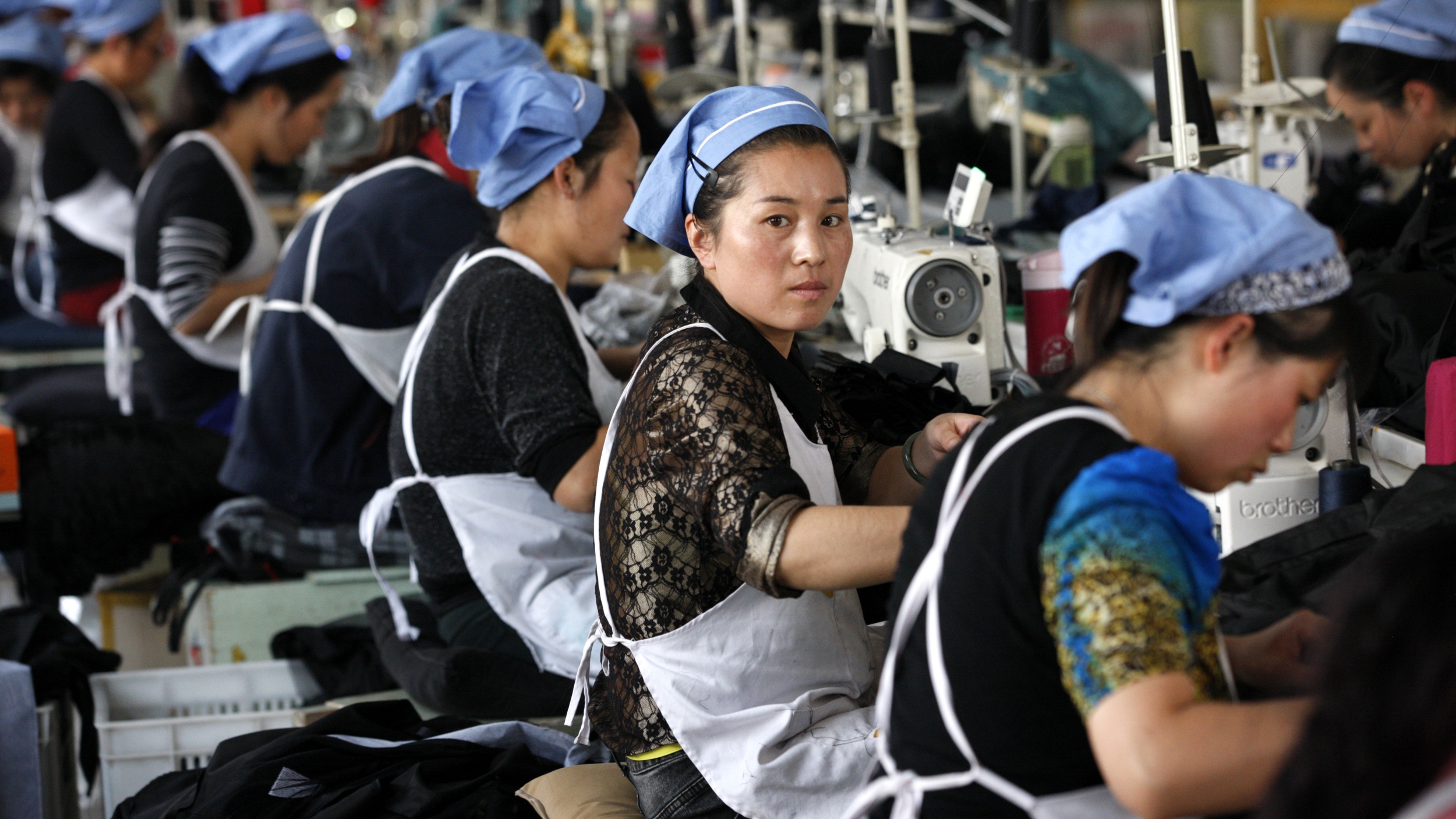Findings: Current Trends in Production Labor Sourcing
Findings
Based on our empirical analysis of the data, the following key points emerged from our research. A more detailed presentation of the findings will be posted throughout the Summer 2006 in a series of Lessons Learned articles that will be linked below.
1. A majority of firms are currently outsourcing semi-skilled workers ad hoc.
The data suggests that US manufacturers are indeed receptive to sourcing production labor, and that many are already outsourcing major business functions within their manufacturing and supply chain environment. Over three quarters of the respondents are currently outsourcing some set of functions.
A variety of functions are being sourced. The most common positions sourced are maintenance, industrial housekeeping, Packers, and material Movers. However, a diverse set of other functions are also being sourced, including kitting, assembly, logistics, inspection, production helpers, forklift operators, waste handlers, and other non-core, but vital positions. Many reported adopting this initiative has allowed them to increase their efforts in core areas of increased quality, efficiencies and product improvement.
Two organizations considered “best in class” have developed advanced levels of production labor sourcing, with a well-thought out model that was integrated into their strategic plan. Both organizations are in highly competitive global industries with very low margins, which had driven them to explore and deploy the production labor sourcing model. They have managed to reduce overall unit costs below an alternative off-shore program while maintaining complete oversight of product quality. What is very interesting to note, is that fact that by deploying this strategy, they have keep jobs in the United States and actually increased quality, production yields and streamlined work in process flow.
4. Executives believe that production labor outsourcing will continue to grow rapidly in the future.
The respondents indicated a positive view of production labor sourcing, and that it is a trend that will continue to occur in the future. Almost 90% of the respondents viewed it favorably and have formal initiatives in process.
One company we interviewed noted that they have multi-level communication channels to facilitate collaboration with their outsource production labor provider. The provider has become an integral part of their production team and has formal KPIs, production goals and standards. In essence, this has moved to a pure-play, “company within a company” model, bring the best in off-shoring manufacturing within the tight control and four walls.
About 55% of the companies noted that it was a corporate level decision, while 45% noted that it was not an integrated strategy but the decision was made at the plant level. The latter group noted that there is a need for a sourcing strategy that aligns preferred vendors for sourcing production labor. This is a top down approach starting with the SVP of Manufacturing as the visionary and extended to the plant level through their Lean experts and production managers.
Executives feel too much time is spent with semi-skilled workers (between 20 and 50%). Several managers mentioned it is “far easier to motivate a $60,000 a year skilled worker, than a $10/hr worker”. Work ethics are very different between the low and skilled workforces. “Skilled workers give two weeks notice” when they leave. Most low/semi skilled workers just, “don’t show up for work because they have already started a new job”. Another plant manager commented, “one new material handler resigned when I ordered breakfast from him at the local fast food drive-up. I was handed his PPE with my order”. Conversely, the skilled workers suffer from reduced attention to their issues including production quality, streamlining and product enhancement. One sklled worker commented, “I had a major production issue, but my manager was too busy covering no-shows, which stopped the shift”.
8. Barriers to outsourcing production labor are significant and multi-faceted.
Executives struggle with some key doubts regarding the issues associated with outsourcing. Number one on the list is the risk of quality problems from high turnover and significant training costs. Seamless integration of “their” workers with our workers, along with “who is the boss” confusion is another key concern expressed. Additional issues on how to identify and justify the value and the business case for outsourcing of semi-skilled workers were common throughout the interviews.
Certainly this is an emerging model and quickly becoming a mainstream technique to control costs, reduce labor variances and remain competitive. Global companies challenged with keeping jobs within the United States while maintaining tight control on quality and increasing production must assess this outsource model.
The production services market is highly fragmented with a wide variety of companies competing for growth. However, it should be noted that these providers were spread over a variety of services. Based on scanning the marketing material for these companies, we believe the PRIMARY provider of production services offering a full suite of lean training, consulting, business case development, and facilitated deployment is GCA Production Services. The data also suggest that GCA has the greatest potential appeal in that they meet the requirements of executives interviewed in the study.
There is a significant economic benefit associated with sourcing of the semi-skilled workforce. Based on our research, we believe an annual savings of 20 to 40% of current labor costs can be realized through a production labor outsource strategy,
- Categories:


